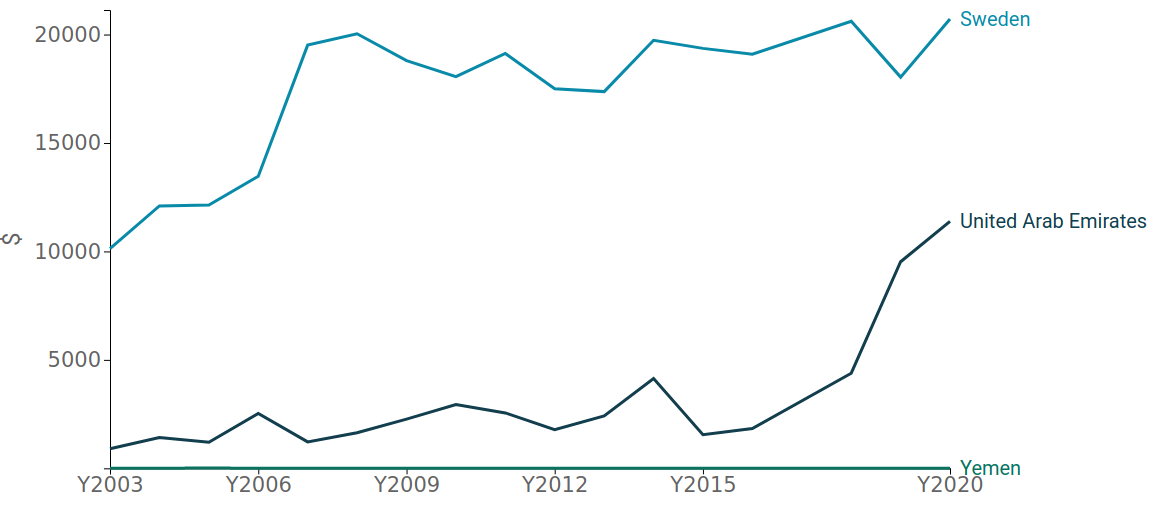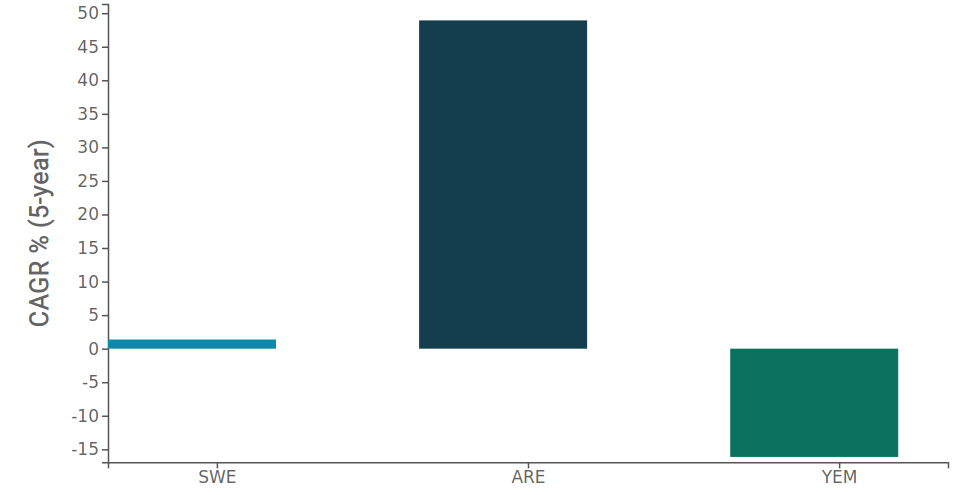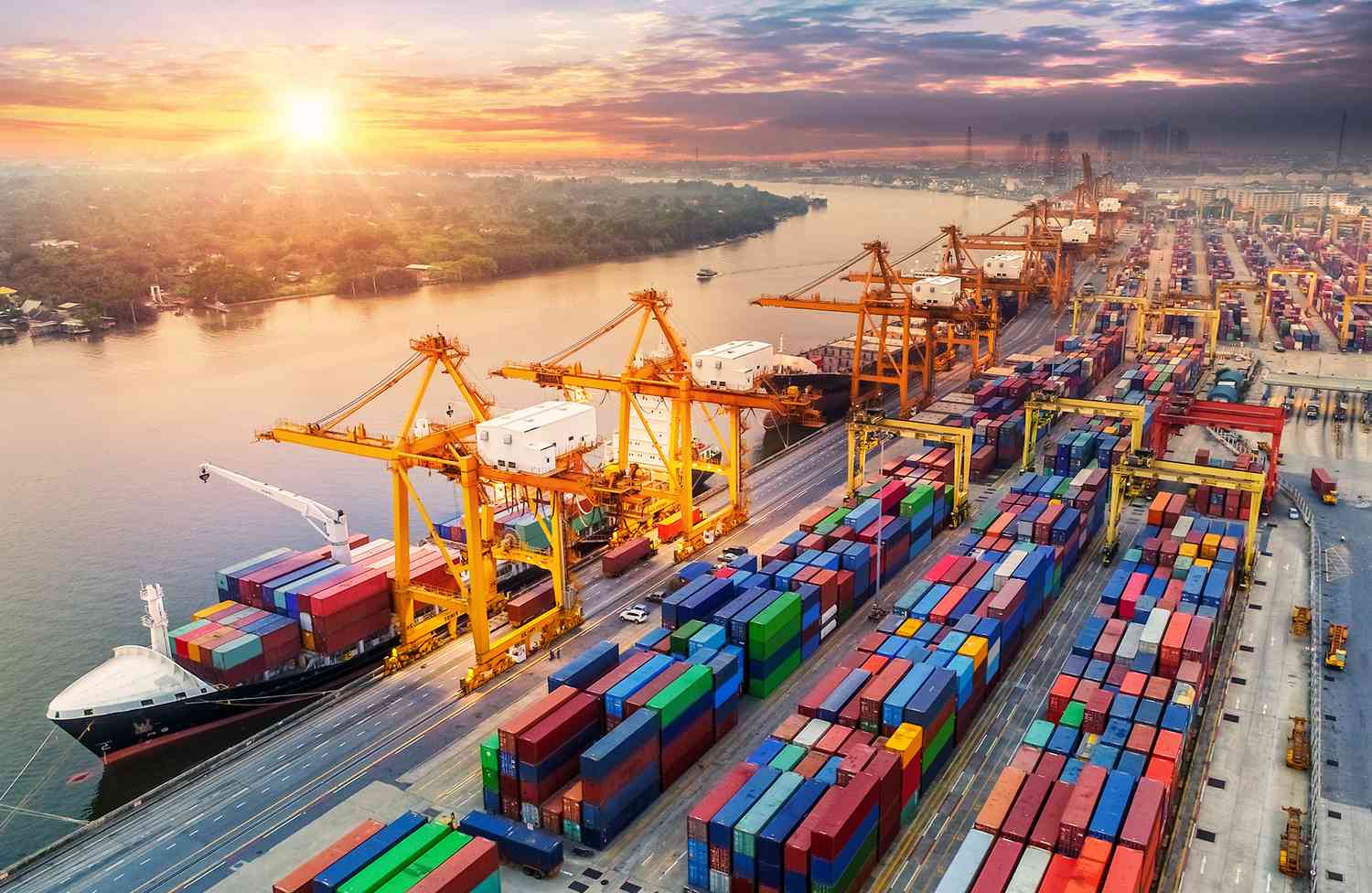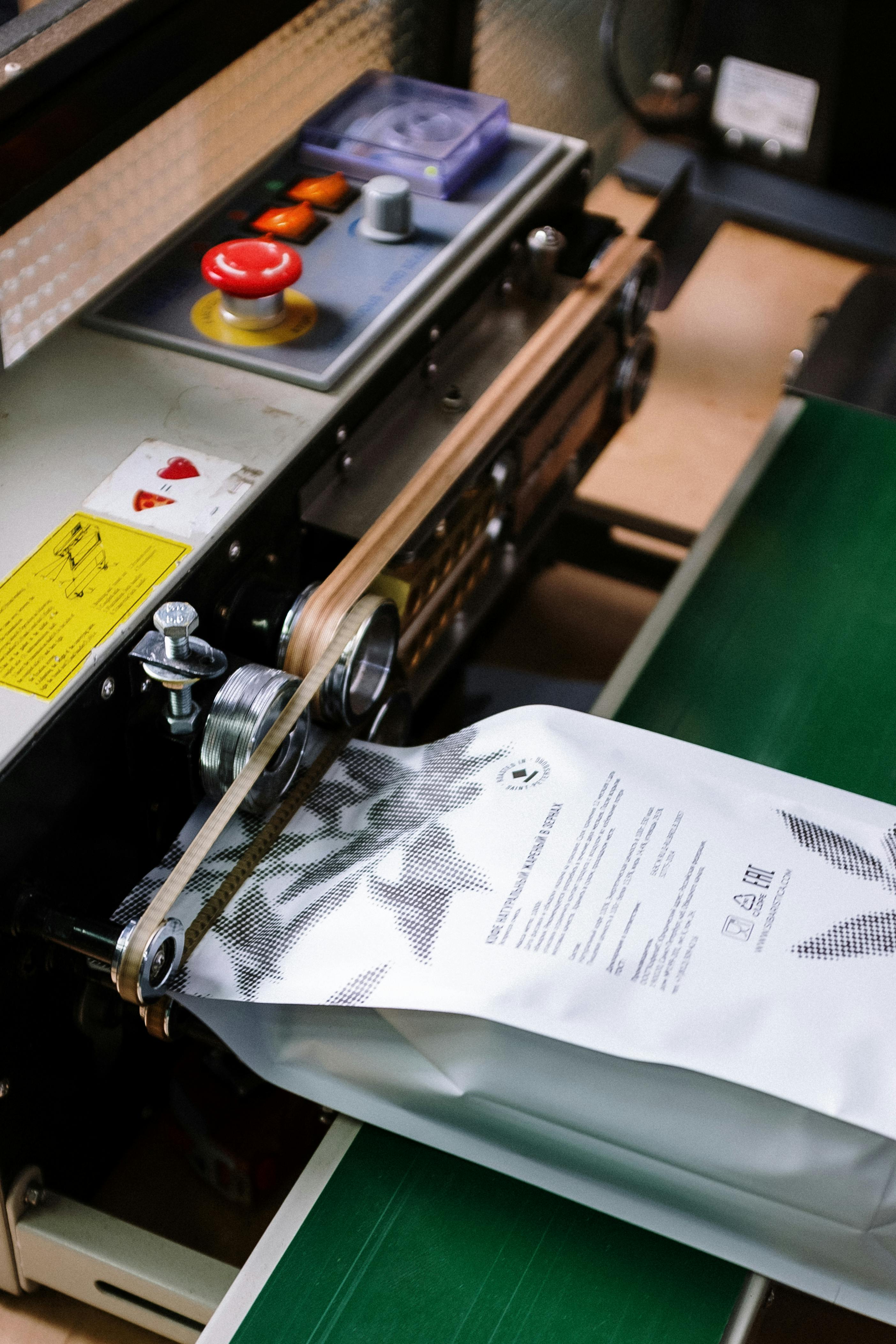Import Development Stages: the Cases of Sweden, United Arab Emirates and Yemen
Knowing imports' stages of development as key for the definition of a market entry strategy
Published by Alessandro Ferrari. .
Internationalisation Import Importexport Foreign market analysisIn a process of internationalization, a phenomenon that is fundamental to understand is not only the Product Life Cycle (PLC) of the product concerned, but also what we might define as "Imports' life cycle". Analysis of the historical series of imports of various products into many countries reveals, in fact, how they follow common paths, characterized by the succession of phases with distinct characteristics:
- Phase 1. Latency
- Phase 2. Growth
- Phase 3. Saturation
In the Latency phase, it is reasonable to expect a very low level of imports per capita, and an equally low growth rate. In our analysis, this growth rate will be evaluated calculating the 5-year Compound Annual Growth Rate (CAGR); in this way, we will be able to smooth out any distortions caused by temporary shocks, which do not reflect the real trend of imports.
It is intuitive to imagine that the best moment to start the export process in a given country is the transition phase between the moment of Latency and that of Growth. The Growth stage is characterized, in fact, by imports (normalized on the population) that are contained in the initial phases, but with a positive and accelerating growth rate. In the final stages of the Growth phase, the level of imports per capita will be high, comparable to that of countries in Saturation, and the growth rate will be considerably reduced.
In the final Saturation phase, normalized imports will be at a very high level, while their growth rate will be close to zero.
Accurately pinpointing the moment when a country's Latent import growth rate increases significantly would open up the possibility to access an expanding market. Such a move could then, within a short period of time, exponentially increase corporate exports of the commodity of interest to markets showing the greatest potential.
The cases of Sweden, United Arab Emirates and Yemen
In Fig. 1, shown below, we can see how the imports of a good, in this case dishwashers, can simultaneously be found in three different phases according to the country under analysis. Identifying the current phase offers the possibility of assessing, with greater accuracy, the validity and concreteness of a potential investment, thus helping the company in the choice of a potential target market or the best time to enter the market of interest.
Fig. 1 - Imports of dishwashers
($/million people)

Source: ExportPlanning elaborations.
Still looking at Fig. 1 we can see that, from 2009 onwards, imports in Sweden have stopped growing significantly, and have instead begun to fluctuate, remaining at a lower level than the maximums reached: Swedish imports therefore demonstrate to have reached a saturation point. The 5-year CAGR, shown in Fig. 2, also confirms an almost complete stagnation for Swedish imports of dishwashers, at just over 0%.
Fig. 2 - Average annual change of dishwashers' imports per capita
over the last 5 years

Source: ExportPlanning elaborations.
The case of the United Arab Emirates, on the other hand, shows quite distinct characteristics. In the country, until 2004, very limited values of imports per capita were observed (Fig. 1); in the following years, a rate of growth began to be recorded, initially slow and then increasingly sustained - particularly after 2015, the year of the real turning point.
In Fig. 2 we can see the enormous difference between the rate of change of the United Arab Emirates (ARE) and that of Sweden (SWE), just analyzed. In light, therefore, of the level of CAGR in the last 5 years, and the current level of imports per capita, we can place the UAE in a phase of Advanced Growth.
As far as Yemen is concerned, imports in this country do not seem to show any upward trend, remaining at a per capita level close to zero (see Fig. 1). In Fig. 2 we can see that, in addition to the low level of per capita imports, there is a negative 5-year rate of change: the combination of these two characteristics allows us to place Yemen in the stage of Latency.
Conclusions
Knowing the dynamics of the product life cycle represents the first fundamental point to be able to understand the functioning of the imports' life cycle. However, it is knowledge of the latter that makes it possible to seize important investment opportunities on international markets. Knowing imports' life cycle, as well as the stage at which a country of interest is placed, makes it possible to carry out evaluations of the timing of entry into the market under consideration and to identify accurate and precise marketing mix strategies.
Alessandro Ferrari, student of Economics and Economic Policy at the University of Bologna, is writing his master thesis in collaboration with StudiaBo srl, joining to his studies the analysis of ExportPlanning foreign trade data.


